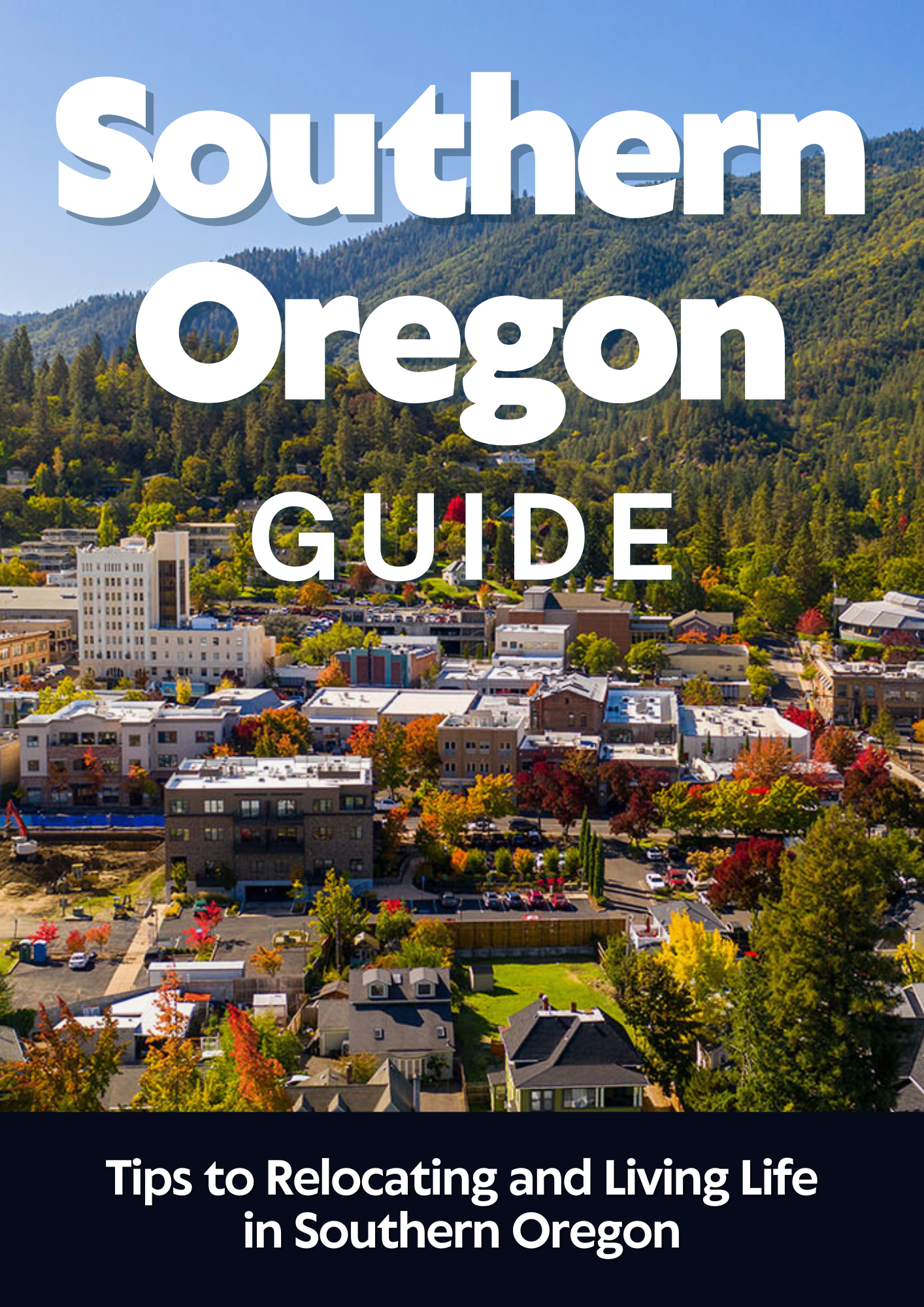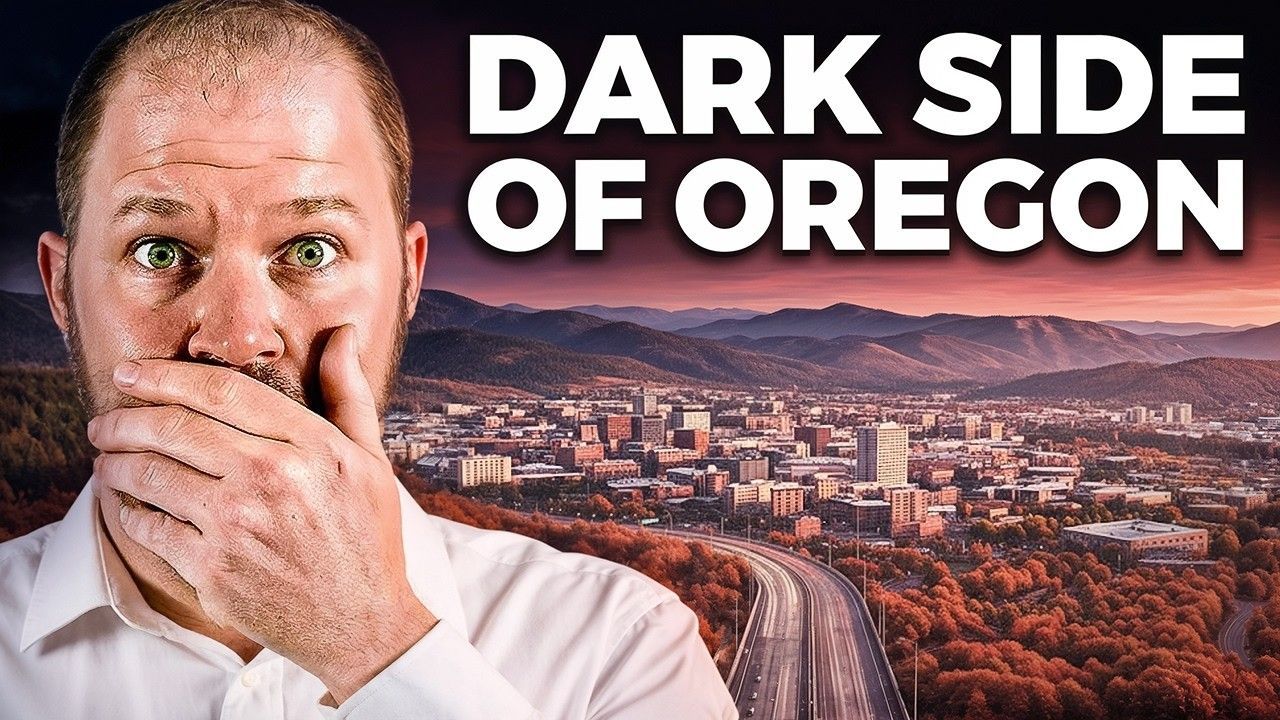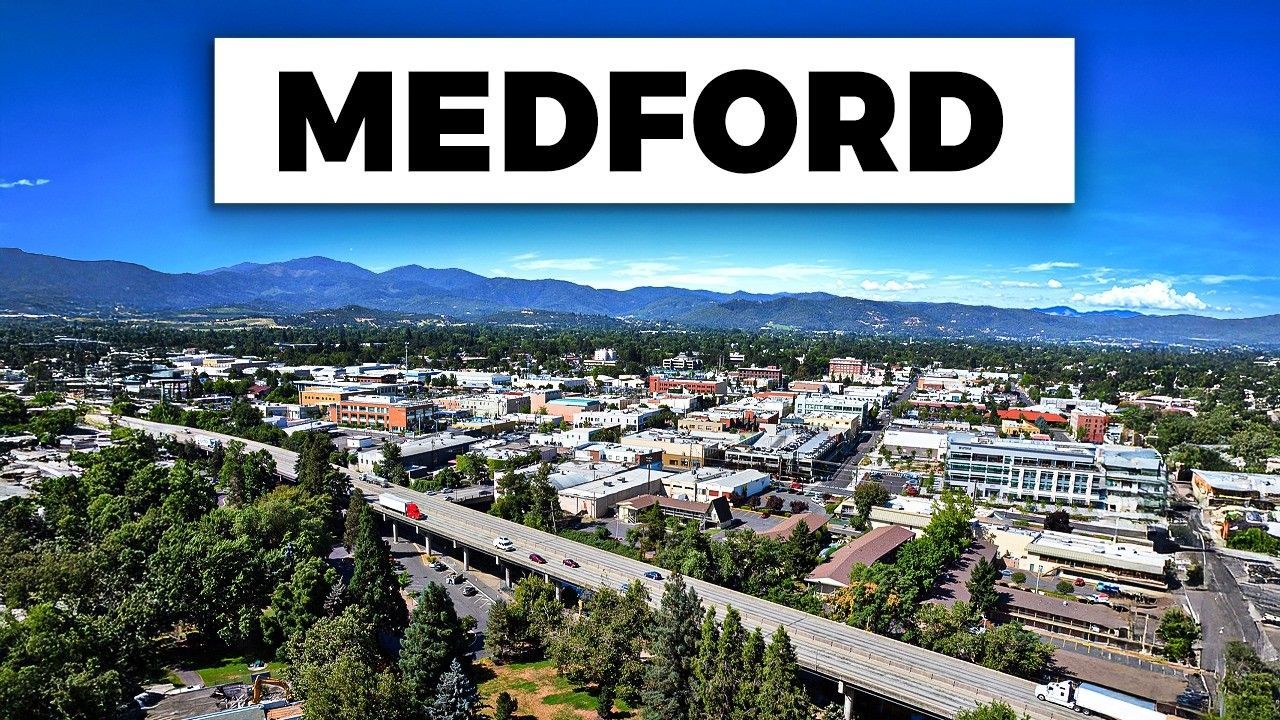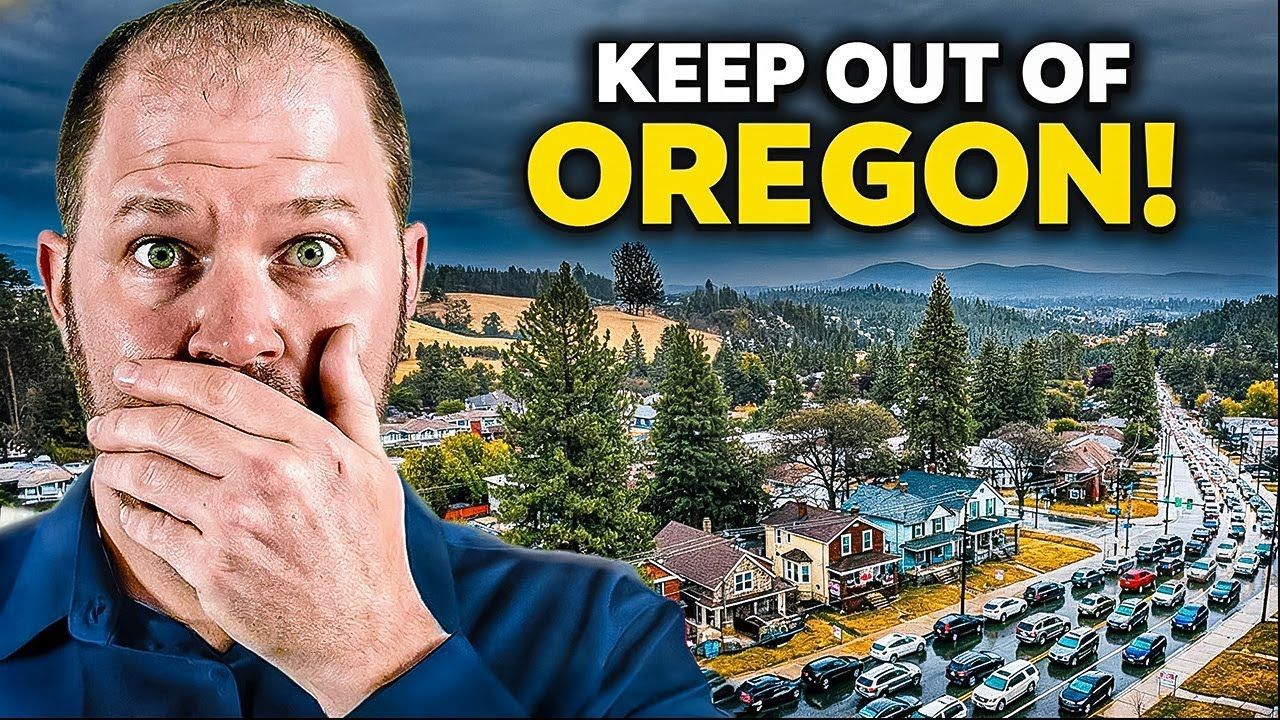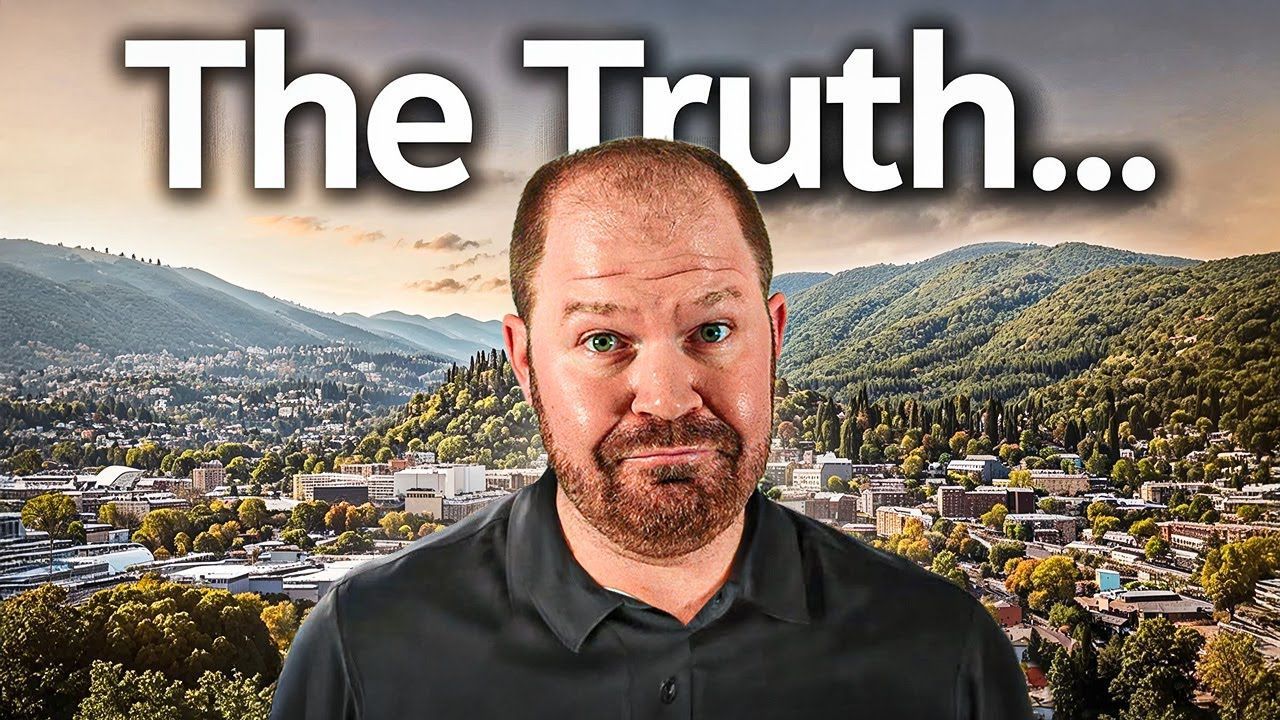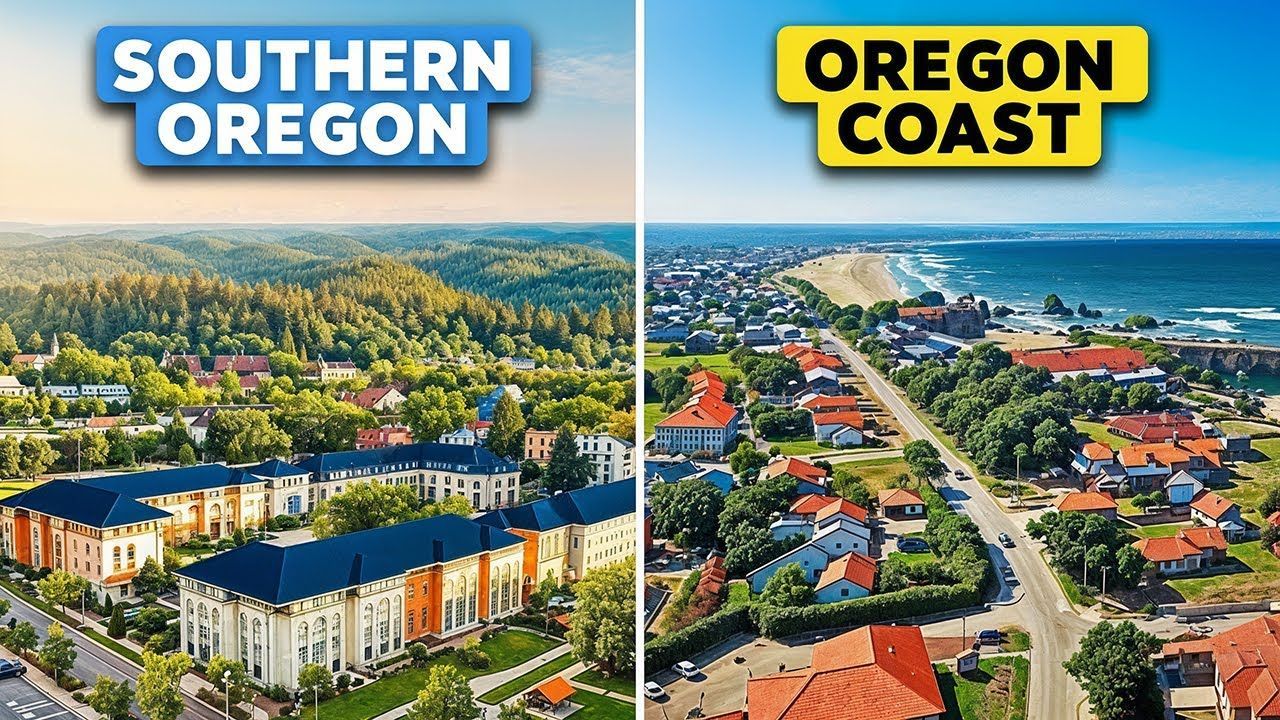Moving to Southern Oregon? Honest Local Answers — What They Love and What They Hate
If you're thinking about living in Southern Oregon, you probably want the real story — not just rosy marketing copy. I spent time asking locals the hard questions, and this article pulls together their candid answers: what surprises newcomers, what drives residents nuts, and why so many people still choose to plant roots here. This piece is inspired by conversations gathered by Buying Southern Oregon and reflects the voices of people who live, work, and explore this region every day.
Table of Contents
- Introduction: A Quick Snapshot From Real Locals
- What Locals Dislike — the Honest Negatives
- Misunderstandings People Have About Living in Southern Oregon — and the Realities
- Why People Move Here — the Big Draws
- Practical Advice if You're Considering Living in Southern Oregon
- Favorite spots and activities locals recommend
- Final Thoughts — is Living in Southern Oregon Right for You?
- Quick Checklist Before You Commit to Living in Southern Oregon
- Resources and Next Steps
- FAQs About Living in Southern Oregon
- Closing
Introduction: A Quick Snapshot From Real Locals
When asked how long they’d lived in Southern Oregon and whether they liked it, the answers were consistently positive: people ranged from a few years to multiple decades, and most said they love living here. One local said they’d been back five years and another noted twenty years — the sentiment was clear: this is a place many choose to stay. That said, the conversations didn’t sugarcoat things. We heard several recurring complaints and important caveats that everyone considering living in Southern Oregon should know.
What Locals Dislike — the Honest Negatives
Before you make a big life decision about living in Southern Oregon, consider these common frustrations mentioned by residents. Some are mild annoyances; others may be deal-breakers depending on your priorities.
1. Wildfire smoke and seasonal air quality
Smoke emerges as a frequent source of irritation. Wildfire smoke can make summers and early autumns unpleasant and sometimes unhealthy. Locals agreed: nobody likes the smoke, and while it’s rarely anyone’s fault, it’s a very real seasonal issue to factor into your decision about living in Southern Oregon.

2. The cannabis industry and its visible effects
The legal cannabis industry has brought economic activity — but it has also changed pockets of the landscape and community vibe. Some locals mention concerns over transient populations tied to certain industries, which they feel is partially connected to the climate and opportunities here.
3. Homelessness is a visible reality
Like many places across the country, homelessness is a local issue. People noted that while it’s not unique to Southern Oregon, it’s visible in towns and neighborhoods, and it factors into perceptions of safety and community well-being.
4. Winters that can feel long and on the wet side
For some who are used to tropical or very dry climates, the winters — with rain and occasional snow — can feel drawn-out. If you hate cloudy, wet months, this could be a personal downside. That said, many locals appreciate the mildness of the seasons compared to harsher climates.

5. Confusing one-way streets and small-town navigation
Grants Pass and other small towns can have quirky, one-way street grids that confuse newcomers at first. It’s an annoyance that disappears with familiarity, but it’s a small logistical frustration worth noting when you visit during exploratory trips.
6. Economic shifts and fewer local job opportunities than in the past
Some people referenced economic decline affecting parts of the area. Historically, job options were more limited — though several locals pointed out that the job market has diversified in recent years. If you’re planning to move for work, research sector availability in your field first.
7. Local traffic and noisy streets in certain corridors
Traffic and noisy neighborhoods came up a few times. While Southern Oregon is not known for major metropolitan traffic, busier streets and certain corridors can get loud, especially in towns with modest downtown cores that double as main arteries.
Misunderstandings People Have About Living in Southern Oregon — and the Realities
Many perceptions about Southern Oregon are outdated or simply wrong. Let’s clear them up with what locals said and why those misconceptions persist.
1. "Oregon = constant rain" — not true here
One persistent myth is that Oregon is perpetually wet. In Southern Oregon, the local observation was eye-opening: this area gets roughly 18 inches of rain a year in some pockets, meaning it’s far drier than people expect from coastal or Willamette Valley stereotypes. The climate is temperate with four seasons that are mild and often enjoyable.
2. "Everyone is a lumberjack or a hillbilly" — not the case
Locals pushed back on stereotypes of Southern Oregon as backward or unsophisticated. Over the decades the demographic makeup has changed. There are strong medical, technical, creative, and intellectual communities here. You’ll see older residents backpacking the PCT, artists in town galleries, and a lively health and wellness scene.

3. Political and cultural identity
Southern Oregon can be more conservative than the coastal cities and Portland, so expecting uniform liberal politics across the state is misleading. That conservative streak influences local values and the small-town social fabric. Yet cultural offerings and arts are surprisingly vibrant, defying simple labels.
4. Rural doesn't mean lacking culture
Small towns here are not devoid of cultural life. From theaters to galleries, local festivals to wineries, Southern Oregon offers a surprising richness of cultural activities. Places like Ashland and Medford have reputable theaters, and there are local arts events that catch newcomers off guard in a good way.
Why People Move Here — the Big Draws
Despite the issues, locals give compelling reasons people decide to make Southern Oregon home. If these features match your lifestyle, the negatives may feel worth it.
1. Outdoor access and mild climate
The outdoors is the number one attractor. Rivers like the Rogue offer year-round recreation: fishing, rafting, and kayaking. Mountains, nearby redwoods, and the coast are within reasonable driving distance. The climate's mildness allows many people to enjoy outdoor life across seasons.
2. Four mild seasons and great gardening
Many locals are excited to grow things here. With zones like 7B in parts of the area, gardening options are expansive — you can grow items like watermelons and a wide range of vegetables and fruit. For people who want to garden or raise small animals, this is a huge plus.
3. Active retirement options
Several residents noted the surprising amount of activities targeted to retirees. Clubs, hiking groups, and community events make it easy to stay social and active after retiring. Many people find they can be more active here than they expected.
4. Cultural amenities and community events
From local theaters and live music to art festivals and seasonal fairs, there’s a lot to enjoy. Free family events, car shows, "Art Along the Rogue," and community sidewalk events provide low-cost entertainment and ways to meet neighbors.

5. Affordable options (for now) and varied lifestyles
You can find urban, suburban, and rural living options here. Whether you want a downtown condo, a house with a big yard, or acreage in the hills, Southern Oregon has diverse choices. But the market is changing — several locals advise acting sooner rather than later as prices rise.
Practical Advice if You're Considering Living in Southern Oregon
If the idea of living in Southern Oregon appeals to you, here’s a practical checklist drawn from the locals’ collected wisdom.
- Visit first, then visit again. Spend time in neighborhoods you like, stay an Airbnb or hotel, and experience daily life — not just a weekend highlight reel.
- Scout different microclimates. Elevation, proximity to rivers, and local geography affect weather and fire risk. Decide what matters most: sun exposure, chillier mountain air, or river access.
- Decide urban vs rural. Do you want the convenience of a town like Medford or Ashland, or the quiet of mountain living? Each comes with trade-offs in services and commute times.
- Evaluate schools and districts. If you have kids, school district choice matters — look at ratings and visit schools.
- Plan for seasonal smoke and winter weather. Buy good air filtration or look for housing that can be sealed during smoke events.
- Find local expertise. Talk to someone who knows the neighborhoods and the market. Real estate patterns, flood or fire zones, and local services can vary block by block. You don’t have to figure it all out alone — you can work with me and my team to get the insights and guidance you need.
- Look into work and healthcare options. Research job availability in your field and local medical services if those are priorities.

Favorite Spots and Activities Locals Recommend if Living in Southern Oregon
Curious where locals actually spend their time? These are repeated favorites:
- Lithia Park — Great for walking and enjoying downtown Ashland's greenery.
- Rogue River — Fishing, rafting, and scenic river drives.
- Mount Ashland — Skiing in winter and hiking the slopes in summer.
- PCT (Pacific Crest Trail) sections — Accessible day hikes and incredible views.
- Local wineries — Southern Oregon is home to many boutique wineries.
- Local theaters and galleries — Surprising cultural depth for a small region.
Final Thoughts — is Living in Southern Oregon Right for You?
Living in Southern Oregon is a decision that rewards careful research and honest self-reflection. Locals here love the outdoor lifestyle, mild seasons, community events, and surprising cultural offerings. The negatives — wildfire smoke, visible homelessness, occasional economic limitations, and some small-town quirks — are real and should be weighed against the many positives.
If you’re seriously considering living in Southern Oregon, visit during different seasons, talk to residents in towns you like, and make a list of non-negotiables. Whether you prioritize river access, hiking doorstep routes, gardening in zone 7B, or a friendly small-town vibe, Southern Oregon has pockets that will fit your needs.
Quick Checklist Before You Commit to Living in Southern Oregon
- Visit during summer and fall to assess wildfire smoke risk.
- Test-drive neighborhoods with extended stays to feel daily life.
- Talk to local health and job providers if either is a priority.
- Research school districts, property taxes, and insurance costs.
- Decide on urban vs rural lifestyle and the trade-offs of each.

Resources and Next Steps
If you want a deeper dive, spend time with locals, visit cultural events, and hike the trails. Talk with neighborhood businesses and community co-ops to get the lay of the land. And remember: deciding to move to Southern Oregon is as much about the lifestyle you want as it is about the place itself.
FAQs About Living in Southern Oregon
Is living in Southern Oregon a good idea for retirees?
Many locals say it’s ideal for retirees. The climate is mild, outdoor amenities are abundant, and communities have active retiree groups. There’s a lot of culture for the price and many age-friendly activities. If you want easy access to nature and a slower pace, living in Southern Oregon is often an excellent fit.
Should I worry about wildfire smoke if I'm living in Southern Oregon?
Yes, seasonal smoke should be on your radar. It can affect air quality for days or weeks during fire season. Locals recommend investing in air purifiers, choosing housing with good ventilation and sealing, and checking historical fire/smoke patterns for the neighborhoods you're considering.
Are there jobs available if I’m living in Southern Oregon?
Employment has diversified. While older generations felt jobs were harder to find, local economies now include healthcare, tech-adjacent roles, tourism, agriculture, and service sectors. If you need specialized employment, research company presence and remote work possibilities before you move.
Is Southern Oregon expensive to live in?
It depends on the town and the type of housing. Many locals advise acting sooner rather than later because prices have been rising. Compared to coastal or major city markets, some parts of Southern Oregon remain relatively affordable, but pockets of demand (scenic towns, desirable school districts) can command higher prices.
Are people here welcoming to newcomers?
Yes — most locals described a friendly, close-knit community. Small-town social dynamics mean neighbors often watch out for one another, and community events make it easier to meet people. That said, local values can differ from metropolitan areas, so expect some cultural differences as you settle in.
What are the best ways to get a feel for the area before moving?
Visit multiple times, stay in different towns, attend local events, and take hikes or river trips. Try an extended Airbnb stay during different seasons to feel how weather, smoke, and traffic affect daily life. Meet neighbors, check out local shops, and talk to real estate agents or co-op managers to learn about community resources.
Will I need a car if I move to Southern Oregon?
For most parts of Southern Oregon, a car is helpful. Public transit systems exist but are limited outside larger towns. If you prefer walkable downtown life, target towns with that infrastructure, but many residents rely on private transportation to access trails, shops, and services.
Is the arts scene active?
Yes. From theater companies and festivals to galleries and live music, Southern Oregon’s arts scene is unexpectedly robust for a region this size. Don’t assume cultural scarcity — many locals find themselves pleasantly surprised.
How do I prepare for wildfire season?
Prepare by knowing evacuation routes, creating a defensible space around your property, having air filtration for smoke, and staying connected to local alerts. If you’re particularly sensitive to smoke, look for neighborhoods with better air circulation or higher elevation options.
Is it a good place for families on a budget?
Many locals emphasize that family activities are plentiful and often free — festivals, river days, hikes, and community events are accessible. If you’re budget-conscious, Southern Oregon can be family-friendly, especially if you’re willing to embrace outdoor recreation.
Closing
Living in Southern Oregon can be a wonderful life change if you prioritize outdoor access, community events, and a mild climate. But it’s not perfect — smoke, visible homelessness, some economic limitations, and small-town quirks are part of the picture. Take the locals’ advice: visit multiple times, scout neighborhoods, and weigh your priorities before making the leap. If you do, you may find a place that fits your life far better than you expect.
If you’re considering making the move and need help finding the right home, call or text me at 541-954-7758 — I’d love to guide you through the process.
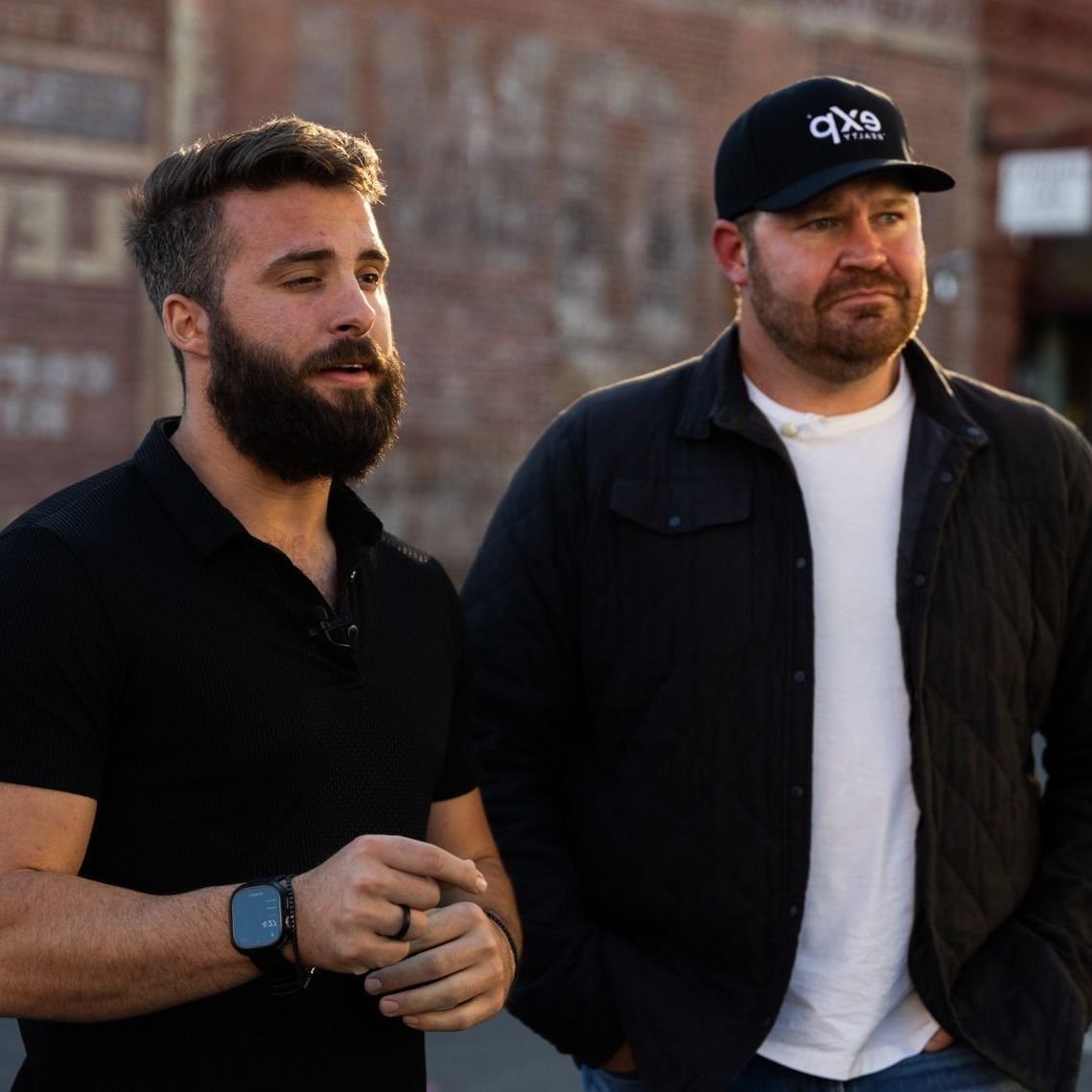
Buying Southern Oregon
At Buying Southern Oregon, we are a dynamic team dedicated to helping you achieve your real estate goals. Combining Brian Simmons’ deep market expertise and Josh Berman’s strong negotiation skills, we provide personalized service and local knowledge to ensure a seamless and rewarding experience. Whether you’re buying, selling, or relocating, we’re here to guide you every step of the way and make your Southern Oregon real estate journey a success.

